Orange you glad to see them dance
STORY AND ILLUSTRATIONS NUMBER 07:
Mikanko

A grand ceremony for the prosperity of the mortal realm whose traditions have been solemnly observed ever since ancient times. These are done in order to refine one’s body and mind such that the Kami will descend into the medium’s body. This is the story of the young girls who put their all into practicing these rituals.
Once Every Few Years To Decades, The “Heavenly Gate Of The Mikanko” Appears Together With An Oracle.
The ritual for such occasion is “Amatobiraki”. The young “Mikanko” deliver dances to the heavens with the aid of sacred beasts that dwell in the threshold between the world of man and the world of the divine, performing a sacred ceremony to summon the Kami of the Sun, who blesses them with their divine power. However, if the power of that generation’s Mikanko isn’t enough, the heavens may not answer.
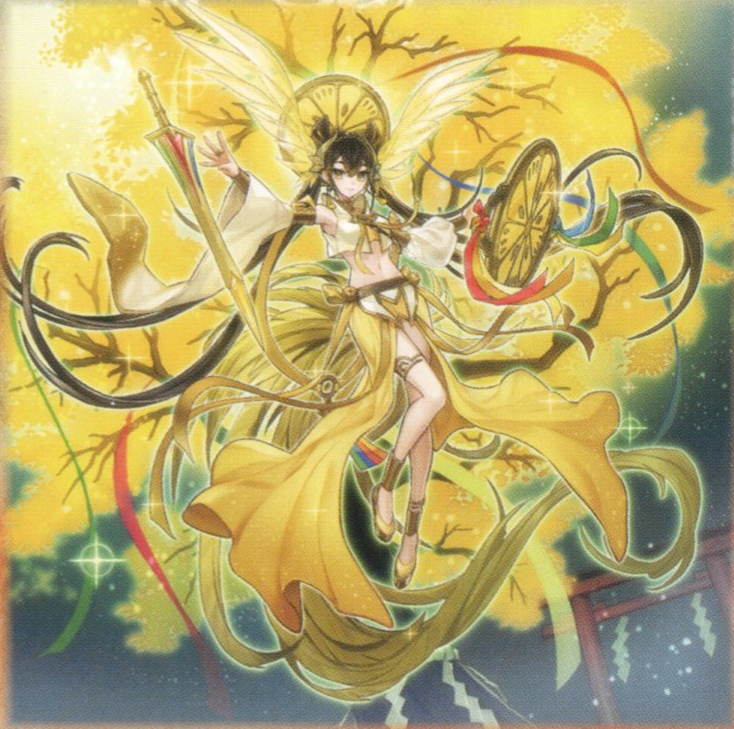
Ohime the Manifested Mikanko
The descending Kami chooses the Mikanko who performed the best dance, and uses their body as a Yorishiro to manifest in the mortal realm.
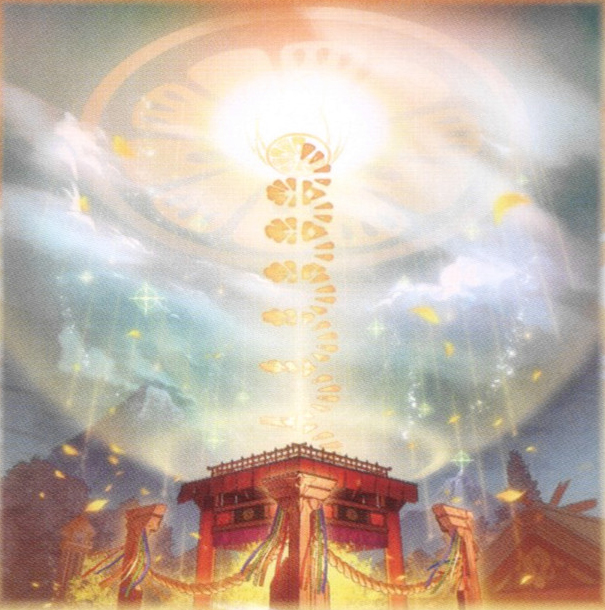
Heavenly Gate Of The Mikanko
The chosen Mikanko is enshrined as the arahitogami “Ohime”, and using the divine power they’ve received, they bring bountiful blessings to the world of man.
The “Mikanko” Who Dance To Summon The Kami To Use Their Bodies As Mediums
In order to fulfill the ritual that causes “Ohime” to descend, girls are gathered as candidates to be Mikanko, who spend their days training. In the long-lasting relationship between the Kami and humans, the authority and skill of the Mikanko have been built upon a strict tradition of hereditary succession, in which the next generation of Mikanko are nurtured by three great families, that have inherited three sacred treasures, and their branch families, in order to prepare for the next Amatobiraki.
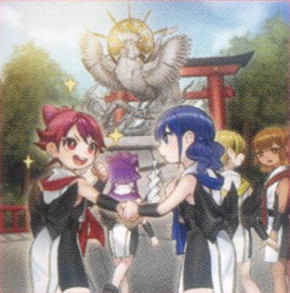
The Great Mikanko Ceremony
The first generation Mikanko, possessing all the sacred treasures, along with the noble Tokoyo-no-Naganakidori as a sacred animal, are said to have had a deep relationship with Ohime. Hence for that reason, it is considered auspicious for Chickens and Roosters to become sacred animals, and it is the dream of young Mikanko candidates to make birds, or creatures stronger than them, into sacred animals.

Mikanko Promise
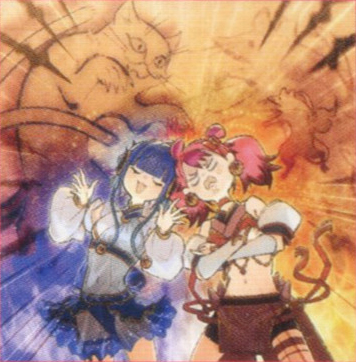
Mikanko Rivalry
End of Page 1
MITSURUGI
When the branch families are included, this is the most numerous clan, brought together by the physical strength of its current head: The A hot-blooded Mikanko of the previous generation. Ha-Re is her only daughter, who despised the trivial quarrels as her mother unified the various families, however, Ha-Re’s cheerful smile put everyone around her at ease. Her sacred animal is the “Hinezumi”. The other Mikanko, except Ni-Ni, call her names like “Nezumikko” and “Ha-Re-Chuu”, but Ni-Ni’s sincerity gave her courage, allowing her to dedicated herself to her training. Lately she’s been feeling down since Ni-Ni’s been overtaking her, but ultimately, her potential is immeasurable.

Ha-Re the Sword Mikanko
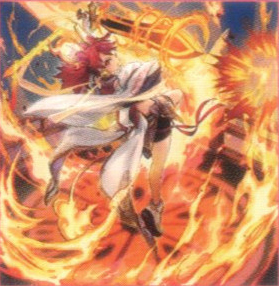
Mikanko Fire Dance
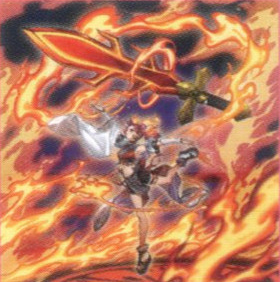
Mikanko Purification Dance
MIKAGAMI
While they excel in diplomacy, and their attitude of incorporating various diverse cultures has helped contribute to the growth of this house, this has also resulted in no small amount of animosity from the branch families and other family heads. Ni-Ni is their only daughter, who respects her parents for not binding her to traditionalist ideas, and in order to have their forward thinking views recognized by others, Ni-Ni aspires to become the next Ohime using new forms of dancing. Her childhood friend, Ha-Re, has cheered her up many times when she was feeling weak when she was younger, but now she’s at that age where a girl gains a catty attitude about everything. Her sacred animal is the “Nekomata” with two graceful, elegant tails. Both tradition and innovation have been polished and incorporated into her dances that shimmer like a mirror.
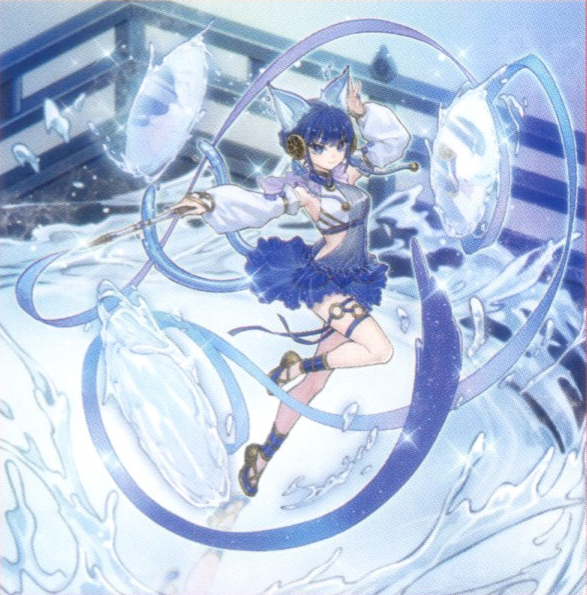
Ni-Ni the Mirror Mikanko
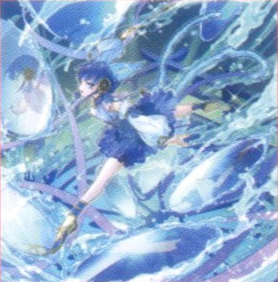
Mikanko Water Arabesque

Mikanko Reflection Rondo
MITAMA
The most close-minded, insular and strict clan. In order to keep the ancient style of dancing alive and unchanged, their Mikanko candidates must go through a rigorous and incredibly severe selection process to even be recognized by the head of the clan. Hu-Li was a girl born into one of the clan’s branch families, and her sacred beast is “Youko”. Because it is so rare for such a powerful sacred animal to dwell within someone, the branch family she belongs to are placing all of their hopes on her to cause their status to rocket. She’s a year younger than Ha-Re and Ni-Ni, and is mischievous for her age, which is her own way of enjoying life, but behind the scenes, she has a deep sense of responsibility and resignation to what she had to do, while at the same time, she has a deeply held desire for others to see and acknowledge her for herself, not just as a Mikanko.

Hu-Li the Jewel Mikanko
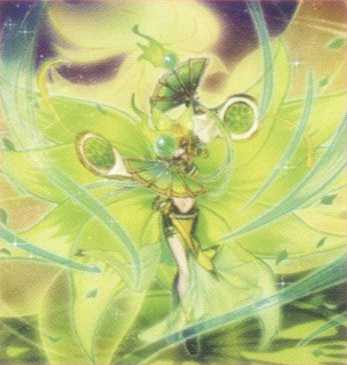
Mikanko Dance – Mayowashidori
Her dance, which seems to directly emulate the first Mikanko, seems to attract Ohime. But is that really her own will…?
Secret Image
Ohime the Manifested Mikanko
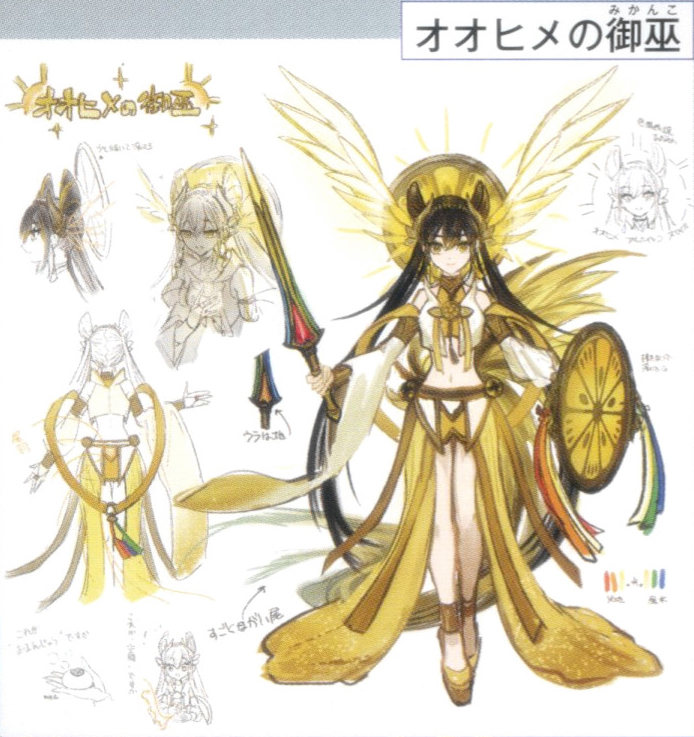
Commentary from the VBEX3: “A Goddess of abundance with a kind heart. She has a strong curiosity, and gets excited about every little thing.”
TL note: Most of the notes are too small to read. Some of the readable notes are that her decorations have really long tails, that her sword has the missing colors from the palette in the bottom right on its back side, and the bottom left notes are her being surprised about a manjuu and likely some other mundane item (because of her curiosity).
Org note: We have previously translated the reference art for Ha-Re, as well as Ni-Ni.
End of Chapter
TL notes:
1) “Kami” directly translates to “god”, but in a Shinto context, it also encompasses a number of entities, from deities to spirits.
2) “Amato Biraki” (天戸開き) would translate to “the opening of the heaven’s gate”. This part of the Mikanko lore is inspired by the Shinto mythology of Amaterasu and the Ama-no-Iwato. Amaterasu confined herself into a sealed cave, and the other deities conducted a celebration outside of it to entice her to come outside. In the Mikanko context, there is an opening in the heavens for the Kami to descend, and the Mikanko perform a ritual to entice the Kami to come to the mortal realm. The celebration in Shinto mythology is also considered to be the origin of the Kagura dance.
3) The “Kami of the Sun” is a reference to Amaterasu.
4) In Shinto, a “Yorishiro” is a vessel for a Kami for them to have a physical form.
5) Arahitogami is a Kami manifested in human form.
6) The three sacred treasures are also part of the Shinto mythology: The sword, the mirror and the orb, as represented by each of the three Mikanko girls.
7) Tokoyo-no-Naganakidori (lit. “the eternally-long singing bird”) is also a reference to the Amaterasu mythology. According to the Kojiki, the various Kami used Tokoyo-no-Naganakitori, i.e., long-crowing roosters, to draw Amaterasu out of the cave. This is the origin story of the rooster becoming the symbol of announcing the arrival of the sun. Thus, the rooster is the sacred animal associated with Ohime.
8) The name of each of the families/clans (Mitsurugi, Mikagami, Mitama) are written as “Mi” (御) plus the name of each relic (Tsurugi = sword, Kagami = mirror, Tama = orb/jewel). “Mi” here can mean divine, governing, and honorable. In other words, each family is named after some form of reverence to the sacred relic that they hold. This is the same “mi” used in the name of the theme “Mikanko”, with the other character being “medium, oracle”.
9) The “hinezumi” is a fire rat. The nicknames Ha-Re is being called are “nezumikko” (rat girl) and “ha-re-chuu” (chuu being the sound a rat makes).
10) Nekomata, the two-tailed cat youkai.
11) Regarding the Mitama clan, being “recognized” is a localization for “being entered into the (family) registry”. It is implied that if the Mikanko candidates aren’t good enough, they wouldn’t even be recognized as family.
12) Youko, a fox spirit, or rather, a kitsune. “Mayowashidori”, or “fascinating bird”, is another name for kitsune. The kitsune can transform into different animals (bakegitsune).

![[VBEX3] Number 7: Mikanko](https://cdn.ygorganization.com/2022/08/coffee.png)
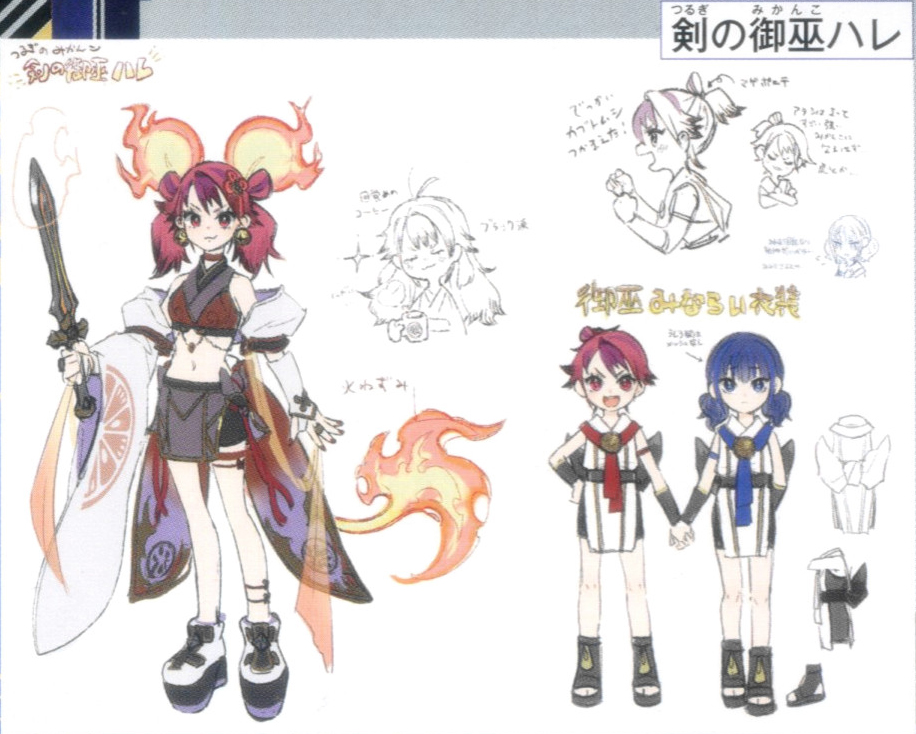
1 Comment
Thanks so much for the translations!